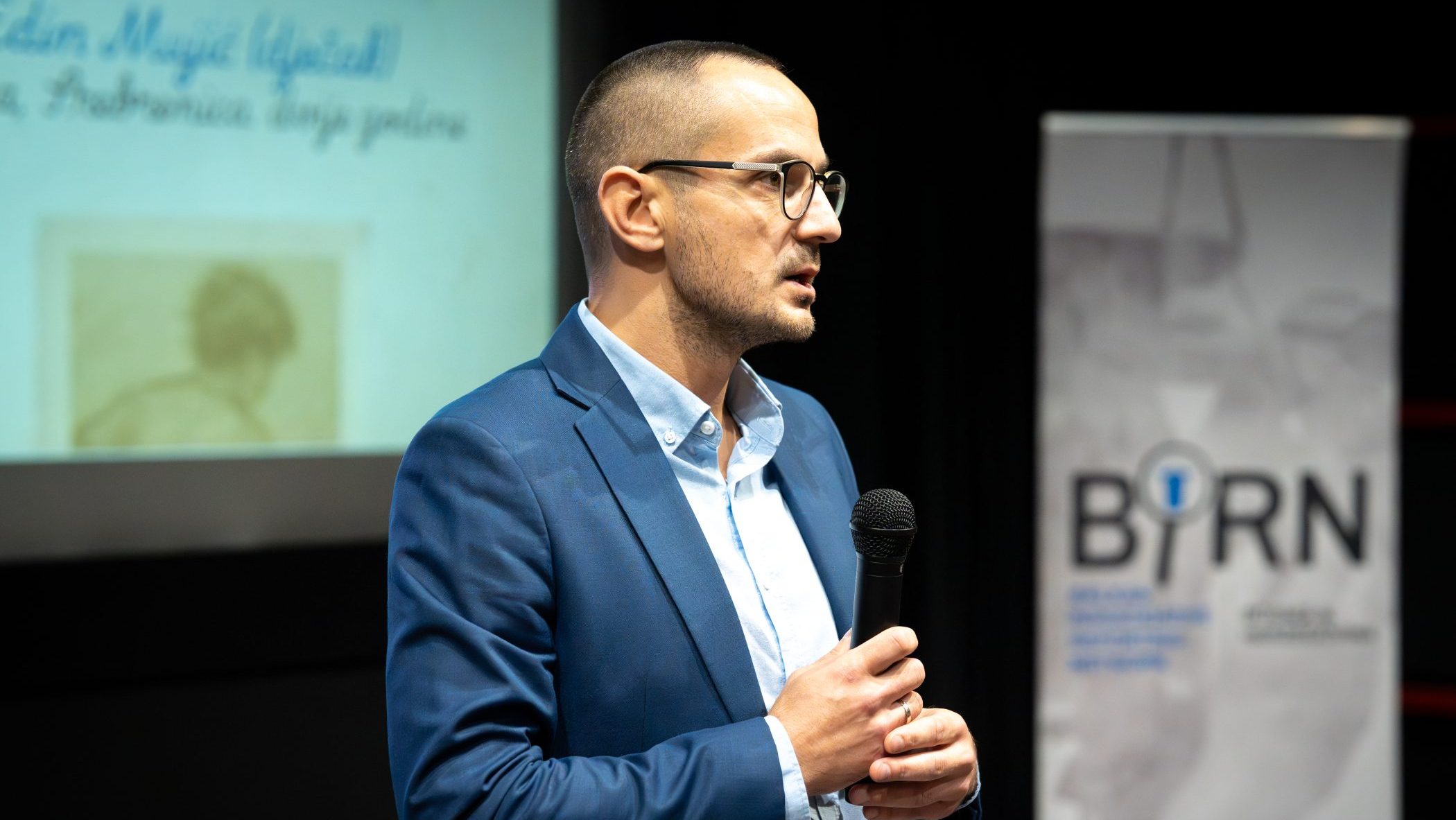This post is also available in: Bosnian
Responding to those allegations, Ruez repeated his earlier statement that all of the exhumed and identified people were victims of an extermination process conducted by the Republika Srpska Army, VRS against Bosniak men following the occupation of Srebrenica.
Ruez, who led a Hague Prosecution investigation into the crimes committed in Srebrenica, said that 6,000 victims, who were found in mass graves in the vicinity of Zvornik, had been identified so far, adding that the exhumation process had still not been completed.
Do you think that all of them were victims of executions? Karadzic asked the witness.
All of the people, whose bodies were exhumed from primary and secondary graves, had been executed, Ruez said. The indictee responded by saying that he would prove that this is not true.
After having said that he questioned the mentioned figure, Karadzic asked the witness what the source of that information was. The witness said that the list of the missing persons from Srebrenica made by the International Committee of Red Cross was the source, adding that members of their families said that they last saw them after the fall of Srebrenica.
We established a link between those people still alive and the decayed tissue found in the graves, Ruez pointed out.
When he asked him how many of the 6,000 people were killed at various locations prior to July 1995, Ruez said that all of the identified people, whose remains were found in primary and secondary graves, were victims of the extermination process as per a list of the missing Srebrenica residents, containing 8,000 names.
The Hague Prosecution charges Karadzic, former President of Republika Srpska, RS and supreme Commander of VRS, with genocide against more than 7,000 Bosniaks from Srebrenica committed after the occupation of the United Nations, UN protected enclave by Serb forces.
Besides that, the indictee is charged with persecuting Bosniaks and Croats throughout Bosnia and Herzegovina, terrorising civilians in Sarajevo by long-lasting shelling and sniping and taking members of the UN peace forces hostage in the period between 1992 and 1995.
The witness mentioned some documents issued by the Drina Corps of the VRS as evidence that the victims had been executed. The documents indicated that security officers had visited several detention and execution locations before prisoners were brought from Srebrenica.
My thesis is that many of the July 1995 graves partially existed prior to that date and that bodies had been buried in them as part of a cleaning process, Karadzic said, alluding to the lawful process of the removal of bodies of the dead from battlefields.
However, Ruez stuck to his statement that the exhumed people were execution victims, who were not killed during battles.
Commenting on the allegation from the indictment and statement by the witness that the VRS dug many bodies out from primary graves and buried them in hidden secondary graves in order to hide evidence of crimes, the indictee said:
I believe and I know that Serbs are not that thorough to transfer the bodies from mass graves to so many different locations. I am saying that those were ongoing burials of Muslims soldiers from the enclave. My thesis is that Serbs buried Muslims at the locations at which they were killed.
Ruez responded by saying that the link between bodies found in primary and secondary graves was confirmed through scientific methods.
The indictee disputed the satellite images used by Hague investigators for discovering the graves, suggesting that the images were not taken under the same light and angles, but the witness rejected his allegation.
The examination of Ruez is due to continue on February 2 this year.R.M.

